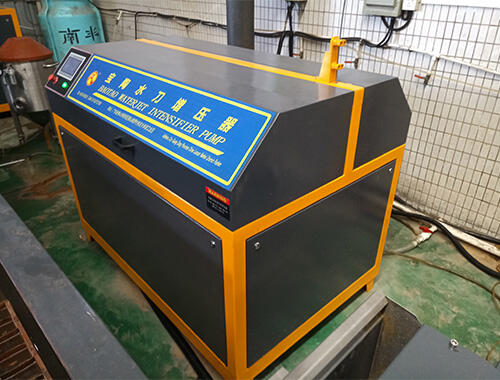Ingenious Methods in Creating Environmentally friendly Tiles
The tile is the one of important material use in construction but it effects on environment. As a solution to this problem, new methods are being adopted in tile manufacturing so that the tiles can be made more eco-friendly.
Using Old Stuff Again
One strategy tiling manufacturers are adopting is the use of recycled content into their new products. This can lead to a success on environmental issues related or concomitant with re-use, reducing resource consumption and waste generation as in this example given by Eirich. Through upcycling of materials, they are not just cutting down waste but saving natural resources also. In addition, enterprises are introducing state-of-the-art machinery that reduces energy output and pollution. We are also looking at using wind and solar power for additional reductions in our environmental impact.
A Helpful Guide
A reliable manual is necessary to ensure sustainability tile manufacturing. It must focus on waste minimisation in the entire tile manufacturing process, right from mining raw materials to transportation and delivery of finished goods. It should also lay out the rationale for environmental friendly materials, resource efficiency and promotion of energy efficiencies.
New Ideas
The tile manufacturing industry is always changing trends and innovations with environmental benefits. As the market is shifting towards eco-friendly products, manufacturers have started to explore new materials such as bamboo, recycled glass and porcelain. Bamboo in particular is rising to fame due to its fast growing nature and being cost-effective as opposed ancillary backing materials otherwise used for example cement.
Saving Resources
Resource conservationWorking towards conservation of resources viz water, energy, raw materials are efforts that help produce tiles in a more sustainable manner. Then the conservation of water can also be done in another way that is to do recycling and reusing of the waste as well instead using natural resources. Increased energy benefits from more efficient ways of running a brick-tile kiln. For example, the new kiln designs have greatly reduced energy consumption in tile firing.
Also, natural stone (marble and granite) is a non-renewable resource which requires plenty of energy from extraction to processing as well as transportation. These can have negative environmental impacts, so manufacturers need to assess methods of minimizing their consumption - through use of recycled materials in manufacturing, or by utilizing lower-quality (and hence less-energy consuming) alternatives. The manufacturers are also the beneficiaries of conservation strategies since they help in sustaining the environment and aids financial sustenance.
Doing Good Things
Tile makers must comply with regulations and industry standards by making sustainable tile. Not only does the eco-friendliness of their products helps save planet earth, but will also play a key role in Reputation and customer satisfaction. In addition, energy efficiency and waste reduction initiatives can produce cost savings which supports higher profitability.
To sum up, tile industry has no future without the sustainable practices taking place in production of porcelain tiles that ensures adequate resources use shield for continuous long-term usage. Tile makers must adopt innovative methods, compile detailed manuals and research new things using conservation approaches on the best practises to reduce global impact while increasing profit.

 EN
EN
 AR
AR FR
FR DE
DE IT
IT JA
JA KO
KO PL
PL PT
PT RU
RU ES
ES TL
TL ID
ID UK
UK VI
VI TH
TH TR
TR BE
BE KK
KK TG
TG UZ
UZ
